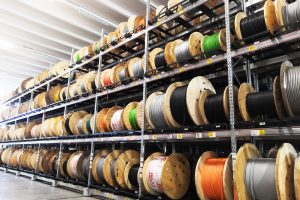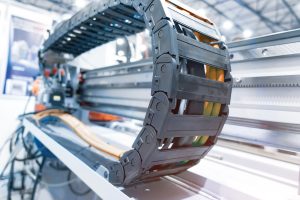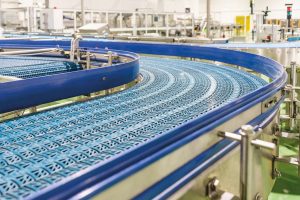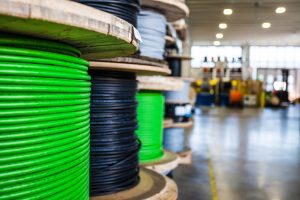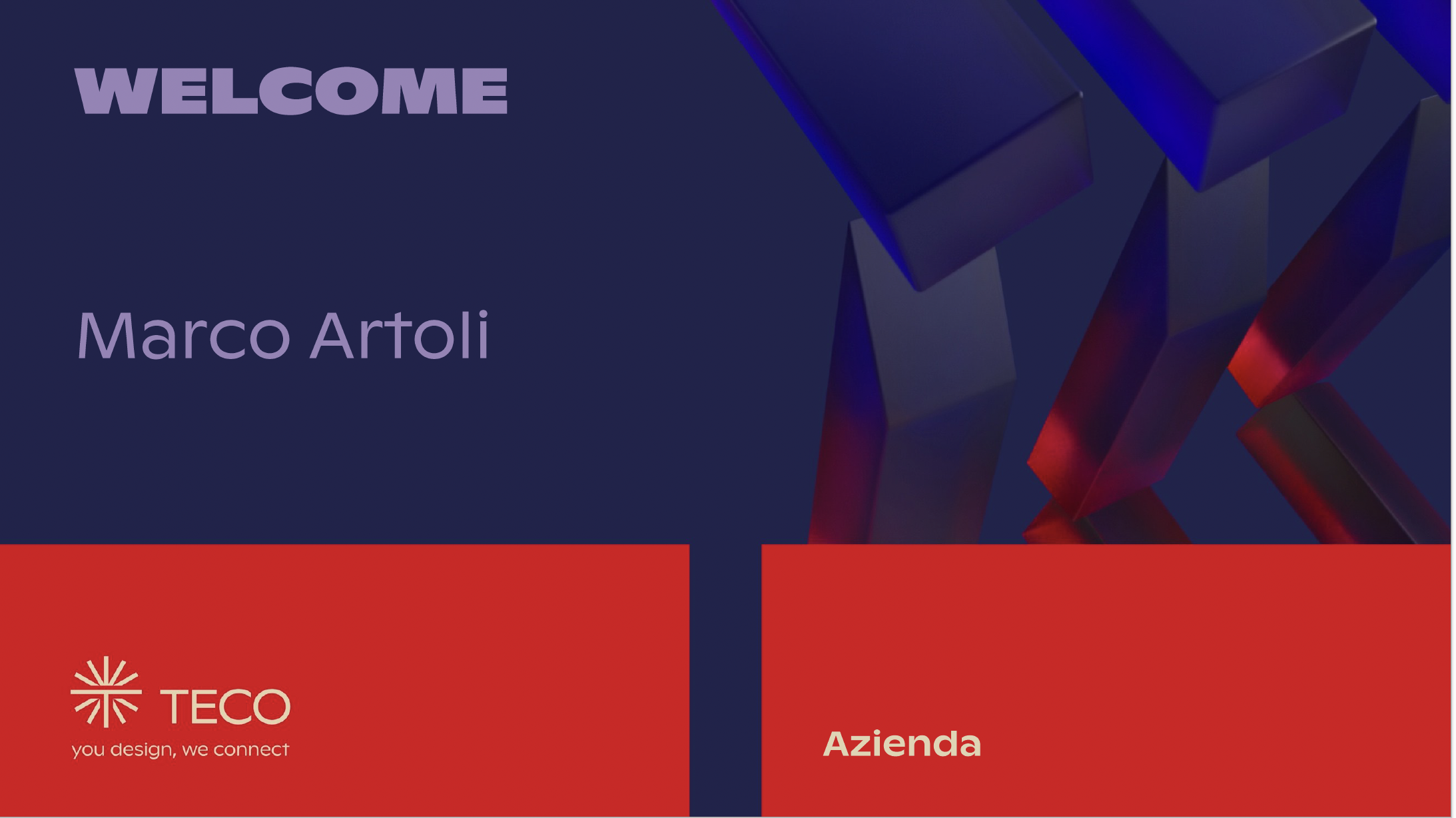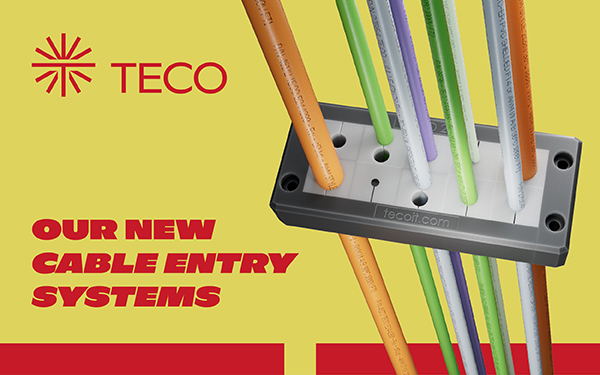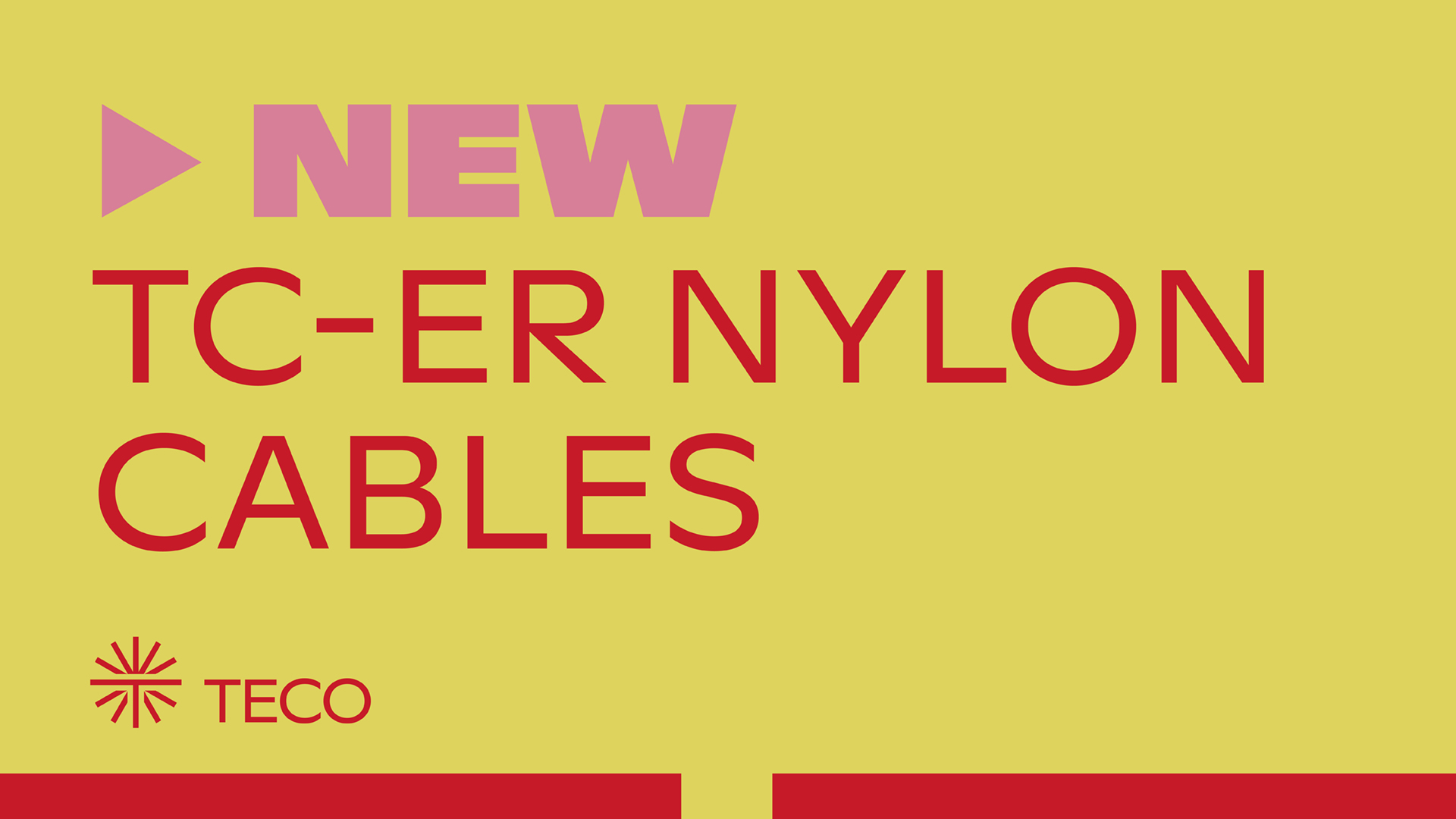[av_textblock size=” av-medium-font-size=” av-small-font-size=” av-mini-font-size=” font_color=” color=” id=” custom_class=” av_uid=’av-kde61eq6′ admin_preview_bg=”]
The electrical systems of an industrial machine or a civil engineering structure play an important role in the ignition and development of a fire with devastating consequences. For this reason, the tests that determine the fire resistance performance are a fundamental aspect to guarantee cable use in all types of systems. This aspect is the foundation of all US electrical manuals such as NFPA 70 and 79 issued by the National Fire Protection Association, whose purpose is to ensure the safety of people and property against fire. As in the United States, also in Europe and in the rest of the world, electrical reference codes are provided which, based on the place of installation, identify which type of cable must be used and what degree of flame resistance it must satisfy depending on the intended use of the cable, whether on the machine, an electrical panel, an industrial warehouse or a civil structure for public use.
Te.Co. guarantees – for all its families of cables – compliance with the key fire tests necessary to guarantee their applicability in the reference environments.
FT2 type fire test is developed by the CSA which involves positioning the sample horizontally. The heat source is a burner located below the sample. The purpose of the test consists in verifying the length of the damage caused by the flame and the fire of the underlying materials, simulated by the underlying cotton, by means of parts of cable that “drip” on it.
IEC 60332-1-2, recognised at European and international level, provides for a flame propagation test on a cable placed vertically. It consists in verifying the propagation of the flame which must not develop on the whole cable sample. Although “dripping” is not foreseen, this test is more demanding than FT2 since vertical positioning facilitates flame propagation. Since this is a basic test that must be passed to guarantee the use of cables in the most common environments, all our families in the catalogue pass these tests.
The FT1 fire test, always issued by the CSA, instead examines several samples positioned vertically. Each sample is subjected to 5 burner ignitions marked by precise times. The flame must therefore extinguish in less than a minute and must not propagate over the entire length of the sample.
The VW-1 fire test is performed in line with the FT1 fire test with different measurement methods. The flame must self-extinguish at the end of each individual ignition. This test has a greater impact than FT1, in fact it is required for those cables used in environments with a high degree of fire risk. Just to name a few of our dynamic installation cables, FRX® and PMXX®.
Our TRAY CABLES EXPOSED RUN comply with the FT4 non propagation fire test which consists in simulating a fire on a 4-metre long vertical bundle of cables.
In Europe, we mention IEC 60332-3-22 whose burner application time is determined according to the quantity of the combustible material. The cable bundle must self-extinguish once the flame source has been eliminated and the fire must not spread for more than 2.5m.
Te.Co. indicates all the reference fire tests for each code on the marking and on the corresponding technical data sheets.
Additional information on Te.Co non-flame propagation and non-fire propagation test can be found in our new catalogue on page 287.
[/av_textblock]
[av_social_share title=’Share on’ buttons=” yelp_link=’https://www.yelp.com’ style=” alb_description=” id=” custom_class=” av_uid=’av-onbc8k’ admin_preview_bg=”]

